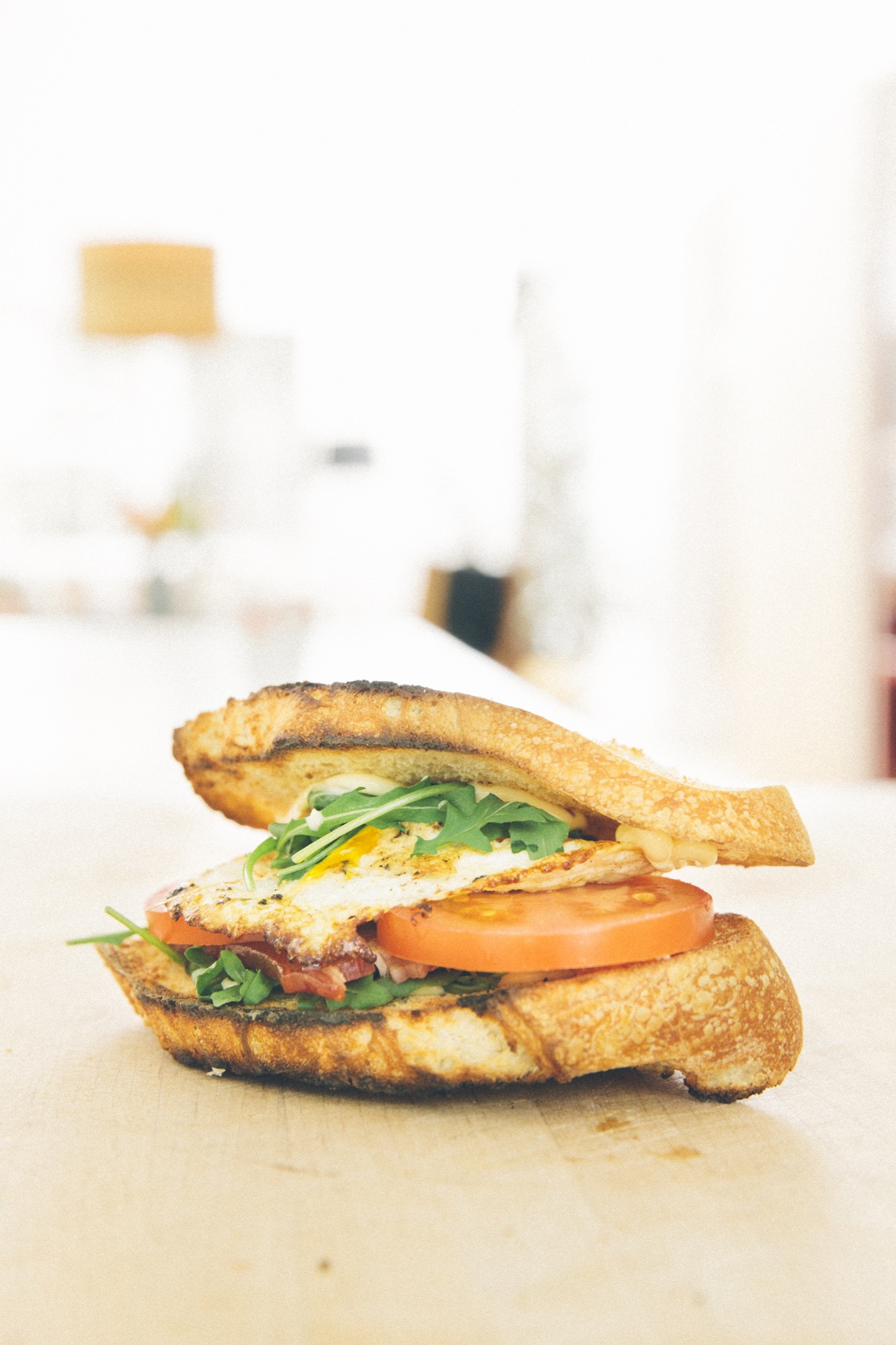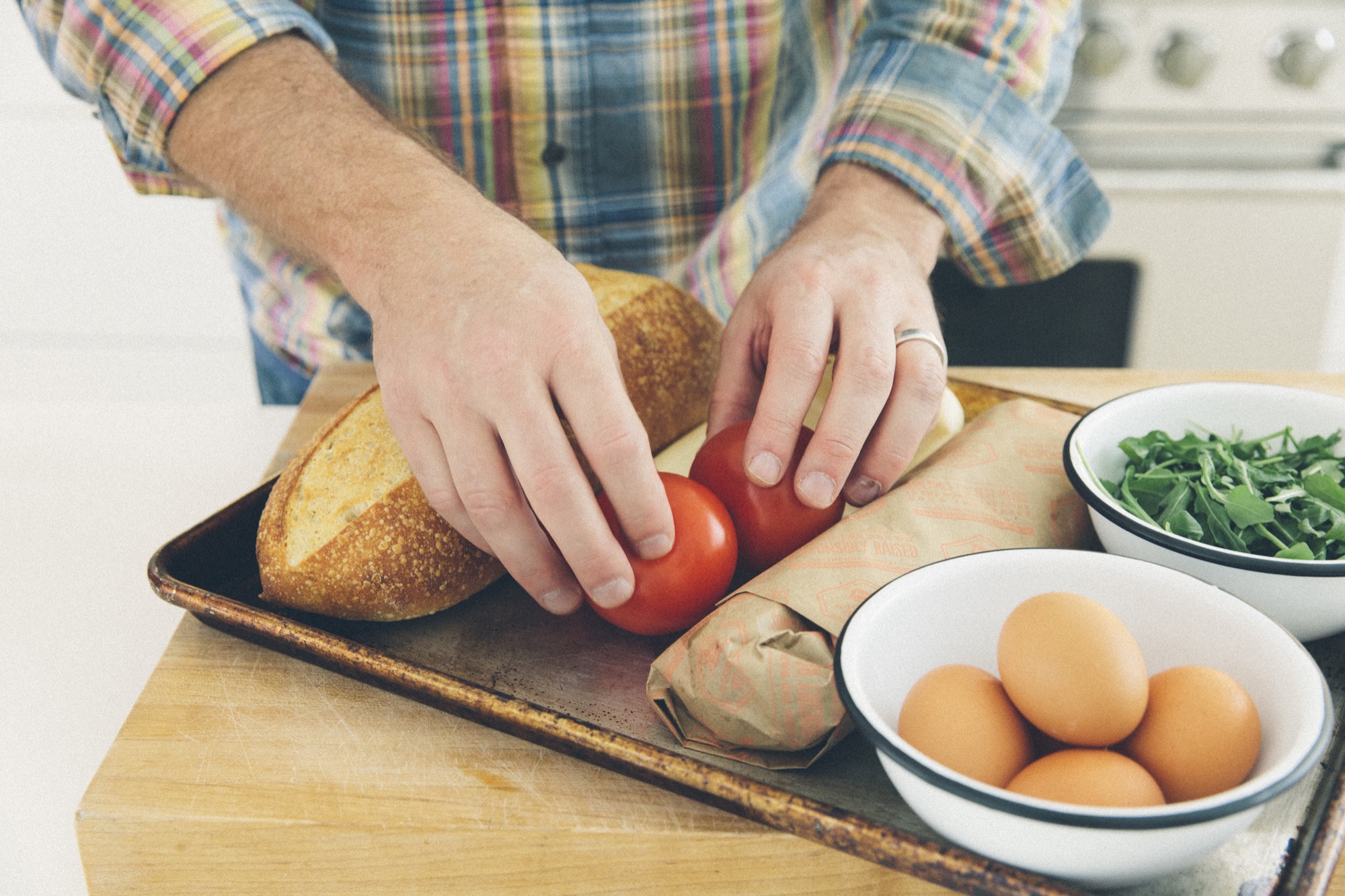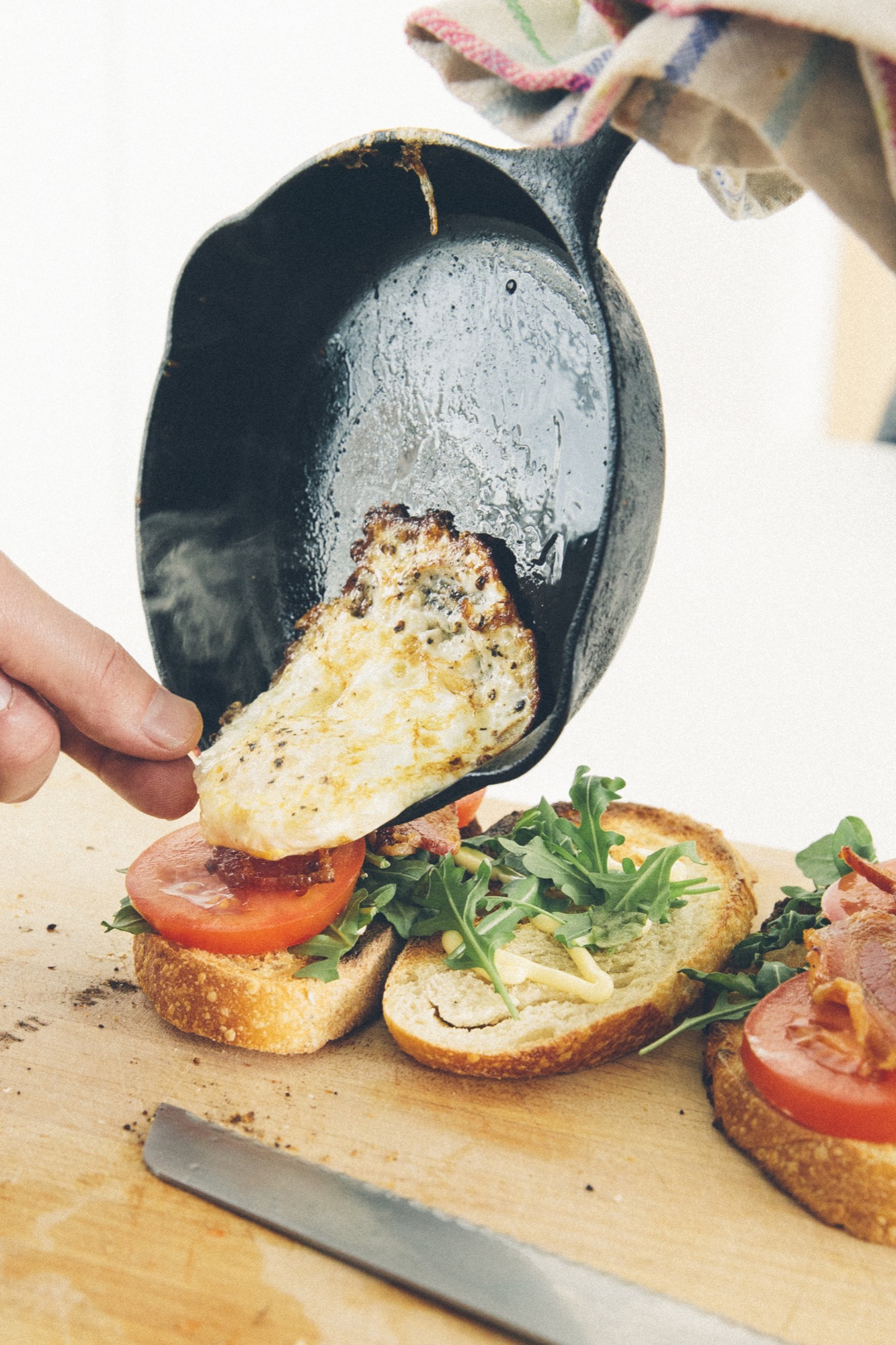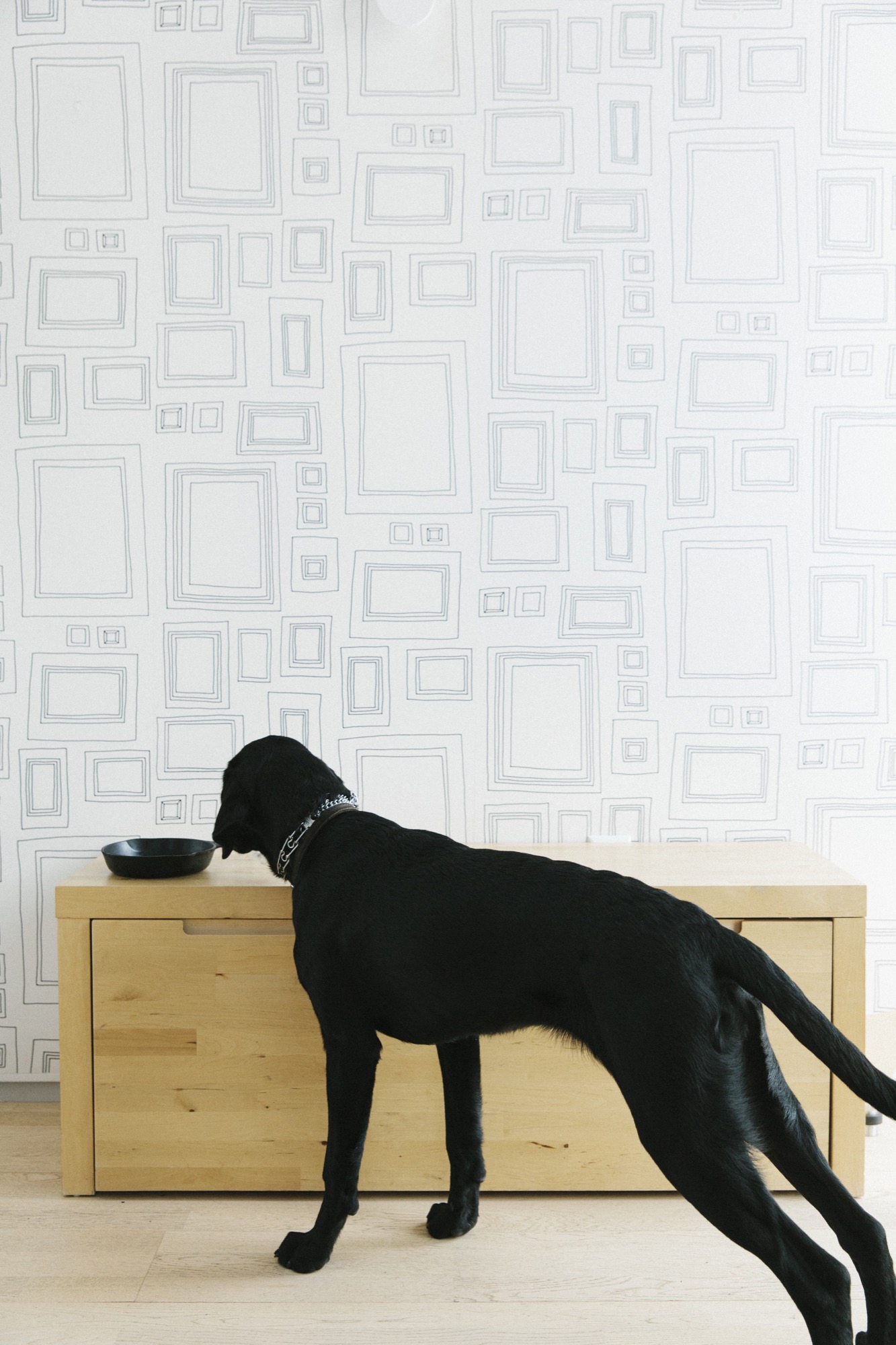
Inspirations
Explore the elevated life in the mountains. This content debuted in 2015 with Alpine Modern’s printed quarterly magazine project.
Morning at Home
“I’m going to make everything around me beautiful — that will be my life.”
— Elsie de Wolfe (1865–1950), interior designer, United States
Surrounding yourself with delightful everyday objects you love makes everyday life more beautiful. Items you look at and touch all of the time carry significance in creating life’s simple pleasures. Both form and function are important. When a knife, a kitchen cloth, a teapot, a mug are so impeccably designed, so sensuously textured, and so faultless in their utility, all but their overt beauty is rendered unnoticable. Good design makes your day, begin it in beauty.
Quite similarly, a strengthened body harbors a nourished soul. Taking time to mindfully prepare real food for yourself and those who wake up with you feeds self-respect and manifests regard for the well-being of family and friends gathered at your table. Good food makes your day, begin it in strength.
Curation for an alpine-modern morning

Recipe: The Perfect Egg Sandwich
A simple dish to remind you to try new new things in life. Make→

Glass French Press
This Glass French Press (available in gray or clear) is an evolution of the classic press pot. The press brews a perfect full-bodied pot of coffee or tea in the traditional French Press method. Made of premium heat-proof borosilicate glass, it is durable and able to withstand extreme temperatures. Shop at Alpine Modern→
Recipe: Kale and Potato Pancakes with Gravlax and Nordic Yogurt
Alpine Modern Executive Chef Ellory Abels created a delicious dish to make for your weekend brunch. Make→

Recipe: Alpine Granola
A morning at home with a simple bowl of toasted oats and nuts. Make→

Alishan Jin Xuan High Mountain Spring Oolong Tea / Taiwan
The name Jin Xuan refers to a specific tea varietal developed by the Taiwan Research and Experiment Station (TRES), which is dedicated to the improvement of the tea industry of Taiwan. Jin Xuan teas are satisfying as they offer good amplitude in texture and taste. With mild floral notes, they have the greatest potential for sweetness, with hints of exotic fruit. Teas elaborated with Jin Xuan leaves have a particularly creamy texture with a distinctive milky smoothness and sweetness. Jin Xuan has typical green, crisp pastoral notes with hints of mountain flowers that charm the nose. The perfect cup of tea to begin the day. From Taiwan Tea Crafts.

Tetsubin Tea Vessel / Japan
A tetsubin is a Japanese vessel for preparing tea. This beautiful cast-iron tetsubin is adorned with the traditional “snow pellets,” or dots. An added benefit of the cast-iron is that iron is transferred from the kettle to the drink, providing the body with the healthy mineral. From Ikenaga Iron Works Japan.

Recipe: Grapefruit Brulée
Broiled in the oven, the grapefruit forms a delicious golden brown and crispy surface. Make→

Forest Honey / Italy
Dark amber color, rich taste, though not overpowering, this honey is great spread on bread. Born from the nectar of flowers in the wilderness of the fragrant, humid forests of northern Italy, this honey has the fresh and delicate scent of the mountains. From Rigoni di Asiago.

Fox In The Leaves Tray
Beautifully printed melamine tea tray featuring Donna Wilson’s watercolour illustration of a fox in a leafy woodland. Made in a small factory in Belgium. Shop at Alpine Modern→
Recipe: The Perfect Egg Sandwich
A simple dish to remind you to try new new things in life
You need a small cast-iron pan...
Ingredients
- Artisan bread
- Butter
- Farm-fresh egg
- Salt/pepper
- Japanese mayonnaise (Kewpie)
- A handful of arugula (basil is nice too)
- Tomato, sliced
- Bacon, cooked
Preparation
Heat up the cast-iron pan on medium heat while toasting two slices of bread.
Melt butter in the pan and, once hot, add cracked egg. Sprinkle salt and pepper on the egg and let it cook for three to five minutes, depending on how well-done you like your egg.
In the meantime, spread mayonnaise on each slice of toasted bread. Add a handful of arugula to the bottom slice, place egg on top, add tomato and bacon and cover with the other slice.
Eat and resist the temptation to make another one.

Read the story of a Boulder ad and marketing exec whose Griswold #2, a gift he'd only come to appreciate years later, reminds him to try new things in life.
It'll Pan Out
His Griswold #2 reminds a Boulder ad exec to try new things in life
To eat an egg, you must break the shell. How my cast-iron pan became a symbolic reminder to take risks and try new things. The reward is tremendous and defining. I remember the first time I went fly fishing. It was a disaster. But I loved it. Being on the water hunting fish is a grand way to spend the day. It took me three seasons to get to the point where I can consistently catch fish. It’s a process. You need to find where the fish are. Determine what they eat. Place the fly so perfectly the fish think it’s real. Pray the fish strikes. Set the hook. Fight the fish. Land it. Your reward? You get to hold in your hands a magnificent creature . . . only to release it, so you can catch again another day. The process never gets old. The reward is extraordinary.
I’m fortunate that I was open to learning something new and had a good friend willing to teach me. In hindsight, he gave me an incredible gift neither of us recognized at the time. Sharing and being open to trying new things takes courage on both sides. It’s worth it, though. You learn who you are, what makes you happy, what drives you, and what you want to do with your life. I call it perspective. Others call it wisdom. Whatever it may be, I just wish it hadn’t taken me so long to realize, because there were many things along the way I didn’t try.
“Sharing and being open to trying new things takes courage on both sides, but it’s worth it.”

Kitchen memoirs
Each time I did have the courage to expose myself to something new, the experience had a profound impact on who I am today. At the time, it’s hard to know this. So you need to find courage to be out of your comfort zone.
When I was in college, I took a big risk plunging into a new experience. My father invited me to spend the summer with him and his wife on Block Island, Rhode Island. I had visited the island many times and loved it, but had never lived there, nor had I lived with my dad in quite some time. I was apprehensive. It was unfamiliar territory.
My father and his wife, Cynthia, live a life filled with the simple pleasures of food, wine, art, and entertaining—he, ever the consummate host, and she, chef extraordinaire. Thanks to his encyclopedic knowledge of wine, Dad has an interesting story to pair with whatever is in your glass, making every sip taste that much better. And Cynthia’s cooking is so effortless, the first bite makes you wonder how long it took her to make this food.
Life was relaxing at their comfortable house on a quiet dirt road. The sound of the crashing surf, trails to the beach or to town right out the back door. The bountiful garden grew every imaginable vegetable. When I close my eyes, I can still see the delicate squash, the bright green asparagus, the leafy arugula. It was an idyllic spot. A nostalgic place and a sense of life I wish I could revisit every year.
During that summer, I was exposed to something that has since become a defining part of who I am: good food. Cynthia subtly shared her love for food with me. She didn’t ask me to cook or to work in the garden or even to clean up the kitchen. Instead, she made delicious, satisfying food for me. All of the time. Each meal had ingredients from the garden, contributing to the fresh, delicious flavors. I don’t remember her actually showing me how to make any of it. I observed and asked questions. It was obvious she loved to cook. It was during that summer she instilled that same passion in me. I just didn’t know it yet.
"It was obvious she loved to cook. It was during that summer she instilled that same passion in me. I just didn’t know it yet."
The gifted Griswold
When I left the island to go back to school, Cynthia gave me a cast-iron pan. A Griswold #2, actually. I couldn’t have imagined then that a small pan would one day become such an essential part of my everyday life. When I dug out the Griswold years later, I realized the gift’s significance. It wasn’t just an amazing antique pan that’s incredibly hard to find nowadays, it was a gift that carried with it my love of food.
For the past fifteen years, I’ve been cooking all sorts of things—exploring different techniques, different combinations, growing my own vegetables, hosting dinner parties, challenging friends to cook-offs. I scour the latest cookbooks and food magazines for inspiration on what to make next. Cooking has become my passion, a gift that now I love to share with friends and family.
My favorite dish Cynthia would prepare in her cast-iron pan was an egg sandwich. I’m sharing how to make this sandwich with the hope it will push you, too, to try something new or bring back memories of a forgotten experience that may have made you who you are today. So here’s to summer. A time when the sun rises earlier, giving you extra time to sit, enjoy a tasty breakfast sandwich, and reflect. A time of renewal. A time to try new things. A process worth repeating over and over again. The reward is life-changing.
In Memoriam
I wrote this essay, which originally appeared in print in Alpine Modern 02, to honor my father and his wife, Cynthia. In the months since then, sadly, Cynthia has passed away. But I am enormously thankful she was able to enjoy this story—her story—and learn how much of an impact she had on me and my family. We love you, Cynthia.
Recipe: The Perfect Egg Sandwich

You need a small cast-iron pan...

How to season a cast-iron pan
- Wash your pan in hot soapy water to remove any surface oils. Then heat in a 200oF (ca. 90oC) oven until completely dry. The heat will also “open up” the iron, making it more accepting of the seasoning.
- Apply a thin coat of flaxseed oil to the hot pan. Coat it entirely. You’ll want to use an oven mitt since the pan will be hot.
- Wipe away all of the remaining oil. There will still be a very thin coat on the pan, but it should not appear oily. Using too much oil will result in streaks and a sticky surface.
- Bake the pan upside down in a 500º F (ca. 260º C) oven for 30 minutes. Then shut the oven o and let the pan cool inside. Heating the oil will cause it to create polymer chains, making for a dark, smooth surface.
- Repeat this seasoning process at least three times before cooking in a brand-new pan. The seasoning will continue to build as you use the pan, becoming darker and increasingly nonstick. The pan will also be easier to clean as the seasoning layers build.

